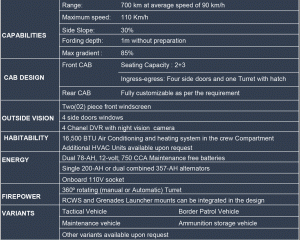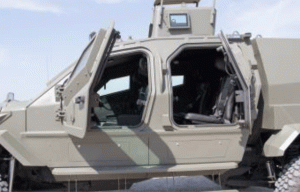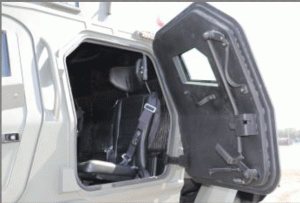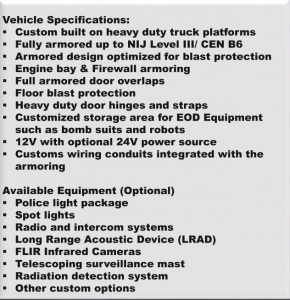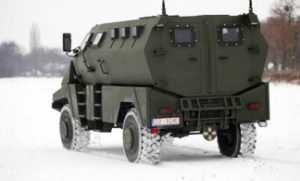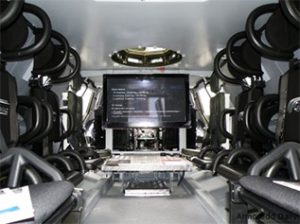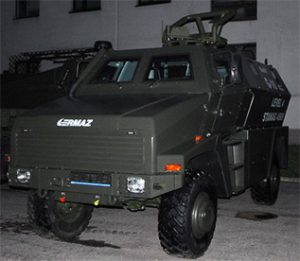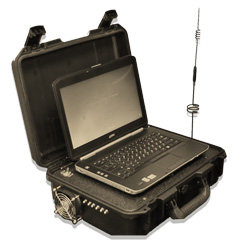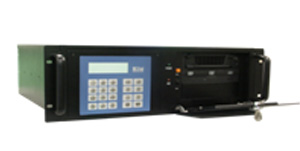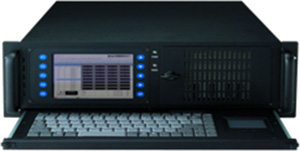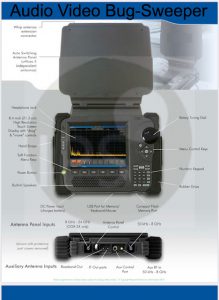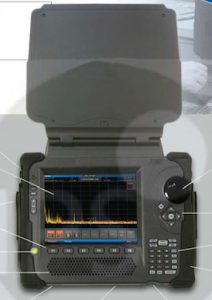Introduction
Chemical, biological, radiological and nuclear defense (CBRN defense or CBRNE defense) are protective measures taken in situations in which chemical, biological, radiological or nuclear warfare (including terrorism) hazards may be present. CBRN defense consists of CBRN passive protection, contamination avoidance and CBRN mitigation.
A CBRN incident differs from a hazardous material incident in both scope (i.e., CBRN can be a mass casualty situation) and intent. CBRN incidents are responded to under the assumption that they are intentional and malicious; evidence preservation and perpetrator apprehension are of greater concern than with HAZMAT incidents.
A 2011 forecast concluded that worldwide government spending on CBRN defence products and services would reach US$8.38bn that year.
CBRN in Malaysia
The Malaysian Army formed a CBRN unit, Peperangan Nuklear, Biologi dan Kimia 3 Divisyen (English: Chemical, Biological and Nuclear Warfare Division 3; PNBK 3D) in April 2002.
The Royal Malaysia Police has CBRN providers. The Pasukan Gerakan Khas (PGK) has two special operations detachments with HAZMAT expertise – 69 Commandos and Special Actions Unit. The Federal Reserve Unit (FRU) also has a CBRN unit. Both PGK and FRU teams handle CBRN calls, before an army PNBK unit responds.
CBRN products
Numbers vary, but news reports and market forecast reports place the market for CRBN products in 2013 and 2014 between US$8.7–8.8 billion. The market for CBRN products is expected to grow to over US$13 billion by the year 2023. Notable CBRN manufacturers include Bruker, FLIR Systems, and Research International
- Bruker produces ion-mobility spectrometry for military and security personnel that separates, identifies and analyzes ionized molecules present in gas
- FLIR Systems produces several handheld detection equipment devices, each for chemical, radiation, biological and explosives detection.
- Research International creates a sensor system, for subways and other public areas that uses multi-sensor surveillance technology that detects the presence of CBRN particles.



